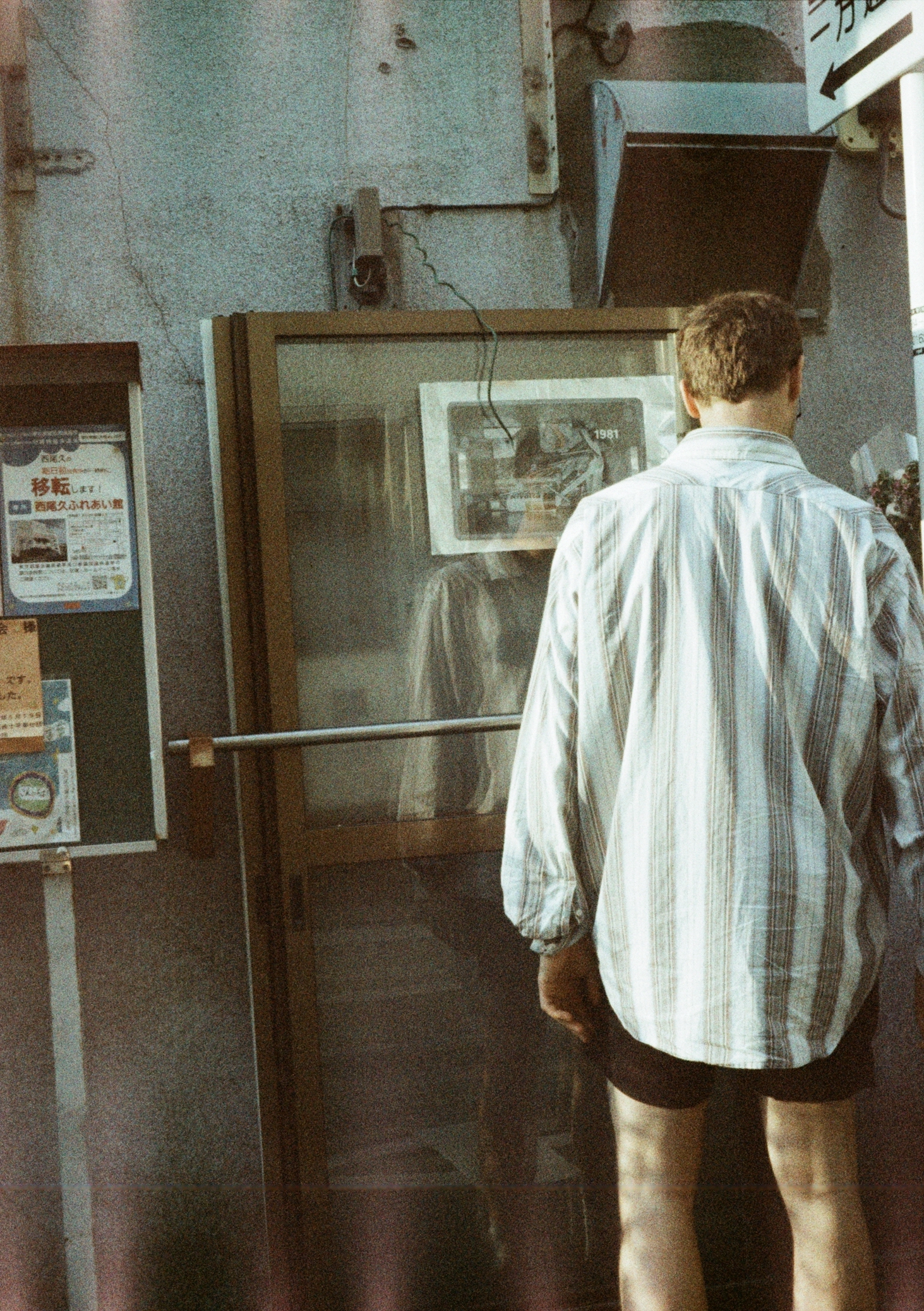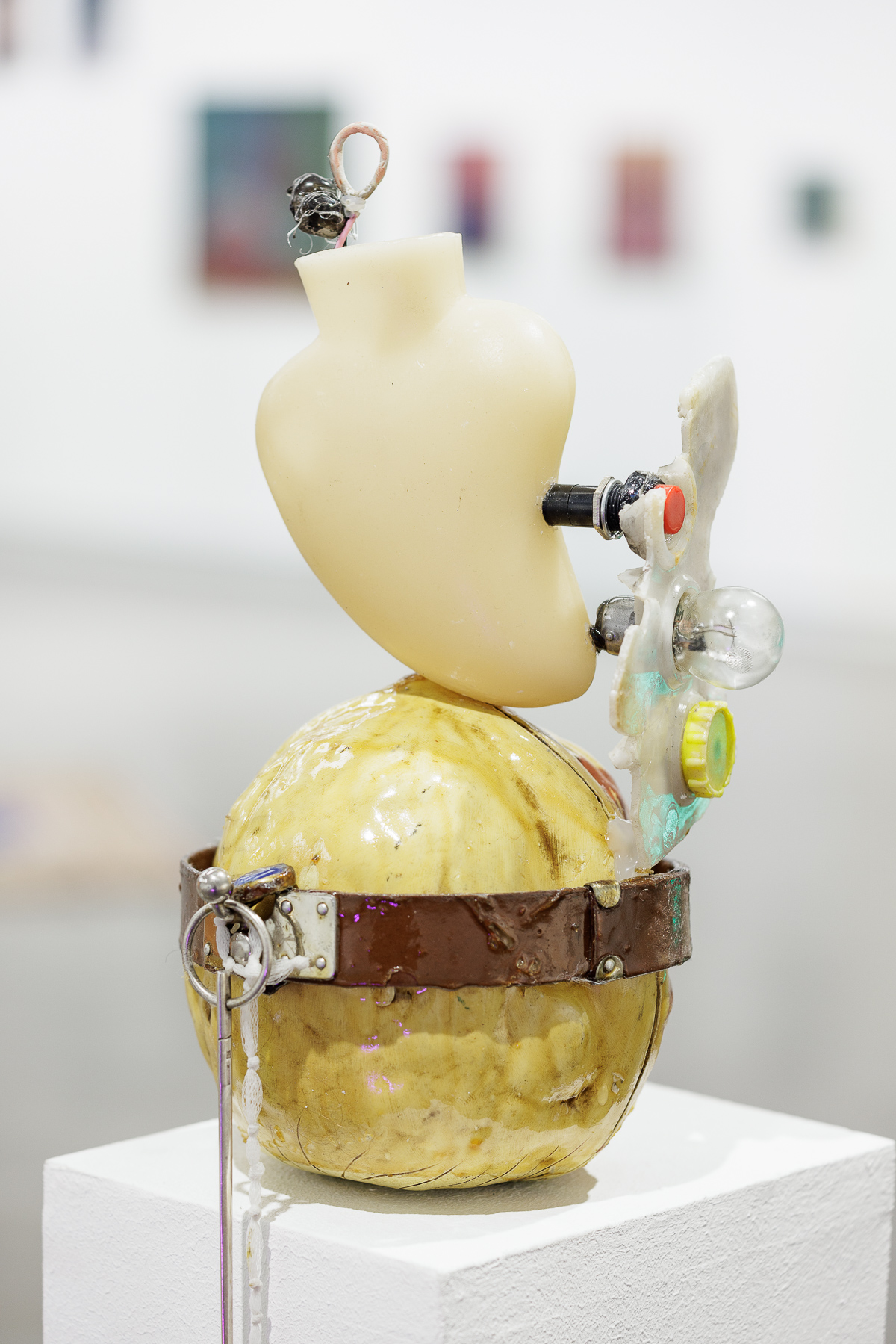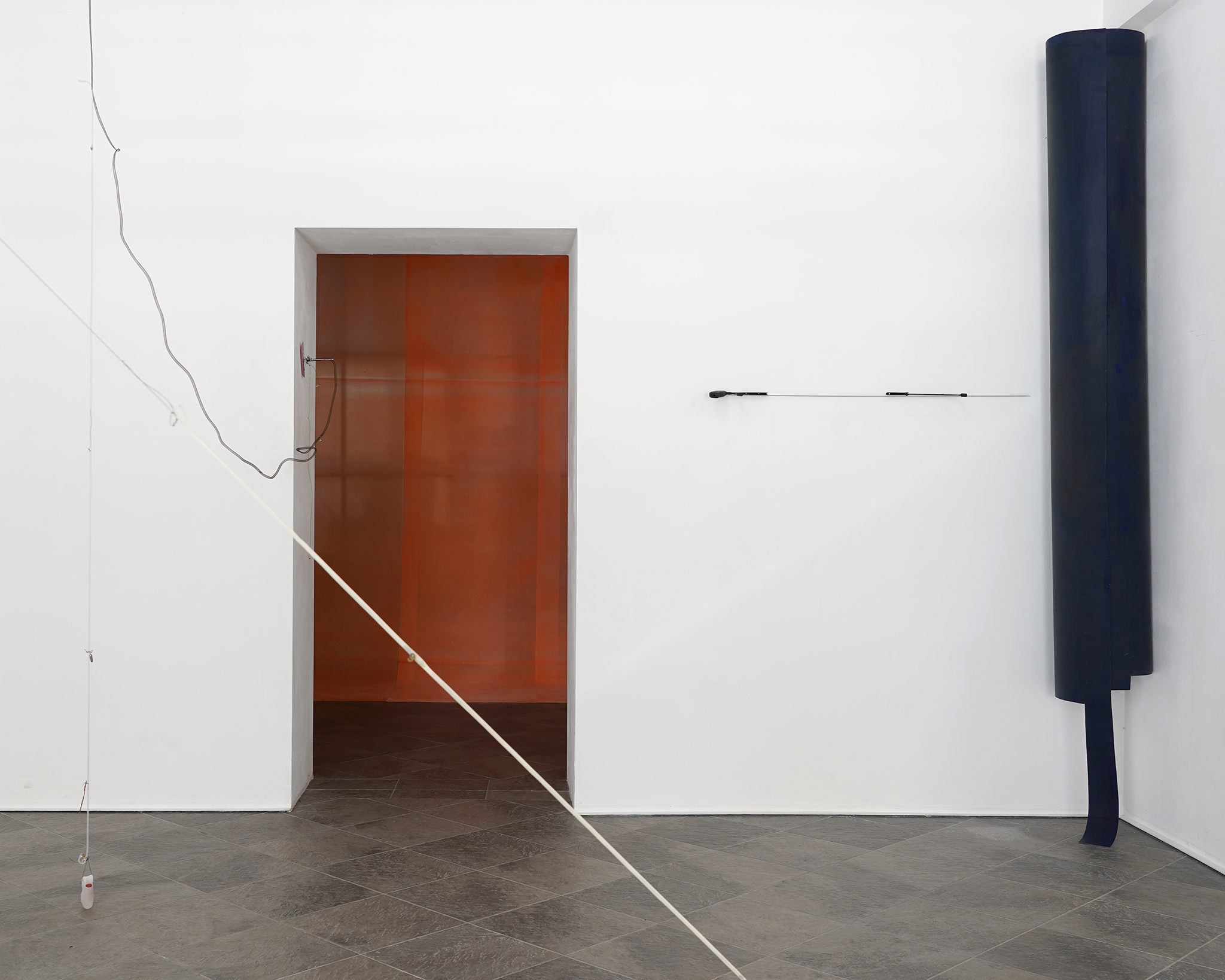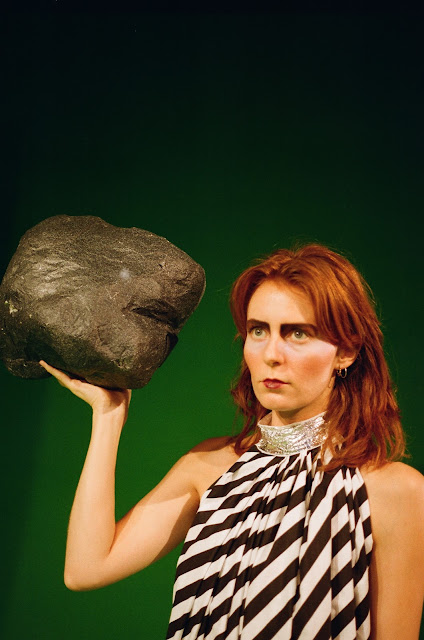I concluded my residency in Tokyo by inviting all the artists, neighborhood children, local craftspeople, and others I had encountered during my stay to take part in an exhibition. Studio GROSS was transformed into a space of exchange—where local craft, contemporary art, spontaneous encounters, and mutual trust came together in the hope of enriching us all. The program included performances, objects, textile works, ceramics, walks to the residency, and selected readings that explored themes such as growth, women’s rights, rest, sleep, a city imagined by children from Arakawa, misunderstandings, and disasters.
Participating Artists: Anna-Sofie Lugmeier, Diana Barbosa Gil, Kodomomura Hotstation, Lisa Gutscher, Madeleine Nostitz, Makiko Suzuki, Michael Reindel, Vik Bayer, Yeonwoo Chang

Together with Kodomomura Hotstation, an organization supporting children and youth from challenging backgrounds in Arakawa, we conducted a workshop. With their participation, we imagined what kind of house they would want to live in, and from there, collaboratively created a whole city. This city was placed inside a display case, which Studio GROSS—the local exhibition venue—purchased from a former local electronics store. The beautiful display case provided us with a protected space. Above it, an ancient bowl by Makiko Suzuki, a local ceramic artist from the neighborhood, was exhibited. Anna-Sofie Lugmeier then assembled everything. The houses were returned, establishing a connection between Arakawa and Vienna and their respective districts. I am currently working to ensure that this connection continues to thrive.
Interestingly, Madeleine Nostitz also engaged with the house concept through carnations, oranges, and whipped cream—exploring the idea of living. What do we carry, what do we take with us, and what does the façade look like? Could it be a backpack? She is considering moving to Tokyo. Is that even possible? What would Vienna look like from there? And how much can one protect oneself while building a new home, or developing new tastes and scents?

- Pointing
Active Member of Society
 Pic by Vik Bayer
Pic by Vik Bayer I don’t want Japan to be just an inspiration—it is concrete and connected with the local community.
For me, a hat is about place, protection, and a clear belonging to the here and now. Modernity always wants to steal Japan into eternity. But what about the visual arts there? Are they oriented toward the West? Put that thing on me !
At the opening night, I performed a small piece where people could place tiny objects on a dog I was balancing. I intentionally placed these objects inside the display case with the city. I truly enjoyed my time in Japan and want to absorb everything into my mind—memories, notes, and even signals. Sometimes the hat is also a lifebuoy. A wedding hat. A promise? A promise that I care about people, art, and friendship. So, a sense of hope. A life lived out of respect and love for things. Everything was improvised. I will perform it again in Vienna. Soon.



Informal Exchange by Michael Reindel uses the glass doors of the exhibition space to affix a new note next to the neighborhood bulletin board. There hangs a picture of a box containing small office supplies and tools from a company where his father worked his entire life but from which he is now unemployed. Feeling unappreciated, his father ended up taking these items with him when he left. The print features a number that can be read as 1981. It’s a beautiful and practical work that fits the exhibition space well and continues the space into the outside local world, addressing topics that relate to salarymen and forms of communication through analog methods. The work acts like an extension of the exhibition space, establishing a new area that is also practical. The operator of the neighborhood bulletin board in this case is a flower shop, from which Michael bought flowers every day during the exhibition.
Unfortunately, the focus wasn’t quite right, but that’s unfortunately sometimes how it goes with analog cameras. I believe there was a mistake during development. The cat was constantly present in the work. She loved this piece and playing with it—a risky thing. I was confused. This is the work by Vik. They engaged deeply with the place and small businesses in Arakawa. It’s important to understand the structure, craft, and research. They visited tatami mat makers and presented a very charming, hand-drawn map made with great care and attention. This is High-Mix, Low-Volume—a collage of found objects combined with a cartography where specialization meets. For more Pics and Info ask Vik Bayer.
Rice Crakers from a little Factory in Arakawa shown in bowls by me that i made on the wheel that Suzuki Sensei teached my during my stay
Suzuki Sensei Vase on a Display made by Vik Bayer that was first for their work
Makiko Suzuki in the exhibition with her Vase
Kaku-mei! by Yeonwoo Chang -On the beautiful kawaii frame is an image of the Japanese activist Fusako Shingenobu who dedicated herself to Palestine until her death. Many visitors recognized her. She hung in the exhibition above the door like an icon.

Yeonwoo Chang's work was censored by the analog camera itself, as if echoing a broader climate of suppression. The piece features a plastic toy weapon, adorned with kitschy stickers and rhinestones from a 100-yen shop in Japan, like Can Do, referencing kawaii culture. Hanging from it are cast letters spelling out "Free Palestine." Given the current climate in Europe, where artists who take a critical stance on Palestine and Israel—or even use the word genocide—often face censorship, the work could not be shown here.
***** The work by Lisa Gutscher was located on the terrace of the Austrian artist residency—our destination during several walks, where we carried out improvised performances exploring themes of locality, gender, anger, and alienation. Once we arrived at the apartment, we didn’t go inside. Instead, we stayed by the parking lot, where a small ladder allowed us to climb up and view the piece. It was a conceptual work in which various angles came together to form a kind of roof structure. Was it impossible for these parts to hold together? Or were they, in their own way, perfect?
Does Japan live through its craft traditions? And where can we see this in architecture? Lisa is currently studying wood crafting at Geidai, the University of the Arts in Tokyo. I found both this work and the walk leading to it truly fascinating. How can visual art and craft be connected? Is it a love story? You’d better ask Lisa—I’m always the clumsy one. I didn’t take any photos. They exist digitally, but to me, Japan shouldn’t exist digitally in my hands.
Ask her!


























